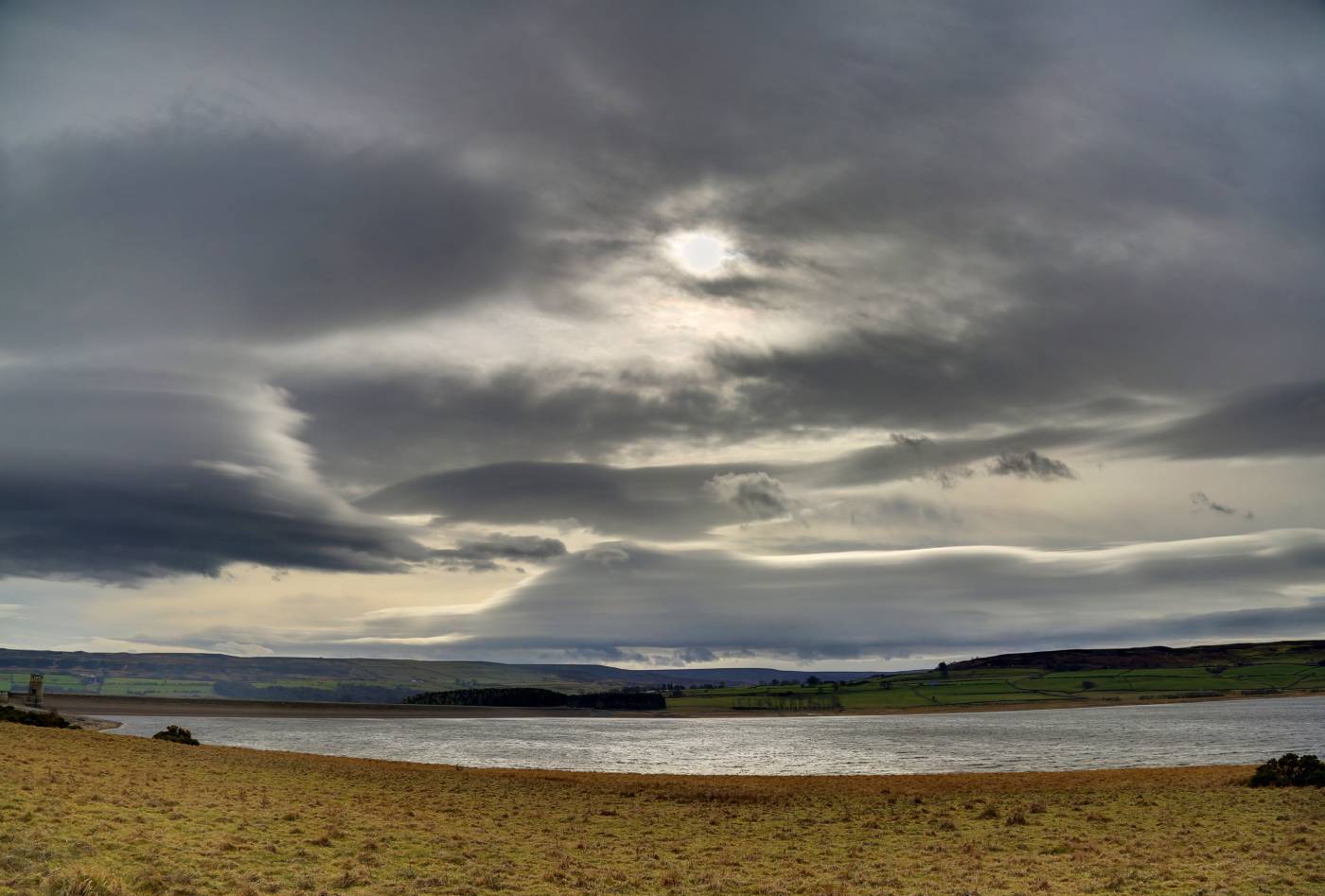Derwent Reservoir is an impressive sight and totally changed the landscape when it was constructed back in the 1960s. We've picked out some facts that tell the remarkable story of this family-friendly destination.
While Derwent Reservoir is a nice place to head to if you fancy some fresh air and easy walking and cycling routes, it's obviously also got another more important purpose: supplying the region with fresh water. Set in some beautiful County Durham countryside, Derwent Reservoir was one of a series of huge dams built to ensure the region's water supply both for industry and for human consumption.
And while Derwent Reservoir dam is impressive to look at, so are the facts that tell its story.
Read next: All the Derwent Reservoir visitor information to know before you go
Derwent Reservoir fact #1
Derwent Reservoir dam holds back an incredible 11 thousand million gallons (that's 50,000 million litres in modern money) of water. That's enough to fill 16,000 swimming pools, or 625 million baths.
Derwent Reservoir fact #2
All that water is going to cover a fair distance. The surface area of Derwent Reservoir is 1,000 acres, or 400 hectares. That's the equivalent of 600 football pitches.
Derwent Reservoir fact #3
At its deepest point, Derwent Reservoir is 100ft deep - 30 metres.
Read next: Family-friendly walks in County Durham
Derwent Reservoir fact #4
Pricey? Derwent Reservoir cost £5.5 million to construct. That might not sound a lot, but bear in mind Derwent Reservoir was built almost 50 years ago; it was started in 1960 and finished in 1967. It's the equivalent of £70 million in modern money.
Derwent Reservoir fact #5
Unlike some reservoirs, the buildings on the site to be filled were demolished before it was filled because the site was excavated to deepen it. These were three farmsteads, two cottages and the beautiful Millshield Mill.
Read next: What was on the site of Durham Cathedral before it was built?
Derwent Reservoir fact #6
Derwent Reservoir is the second largest reservoir in the North East. The largest is Kielder Reservoir in Northumberland, which is the largest manmade lake in Northern Europe by capacity.
Derwent Reservoir fact #7
Water from Derwent Reservoir flows through 2.2 miles of twin 41 inch diameter pipeline to Mosswood Water Treatment Works.
Derwent Reservoir fact #8
The water from Derwent Reservoir goes to Wearside and South Tyneside. It supplies them with 28 million gallons (127 million litres) every day.
Derwent Reservoir fact #9
It took 750,000 bricks to build the encasement of Derwent Reservoir dam. The earth from the excavation was used to construct it and any sand and gravel from the excavation was used to make the concrete.
